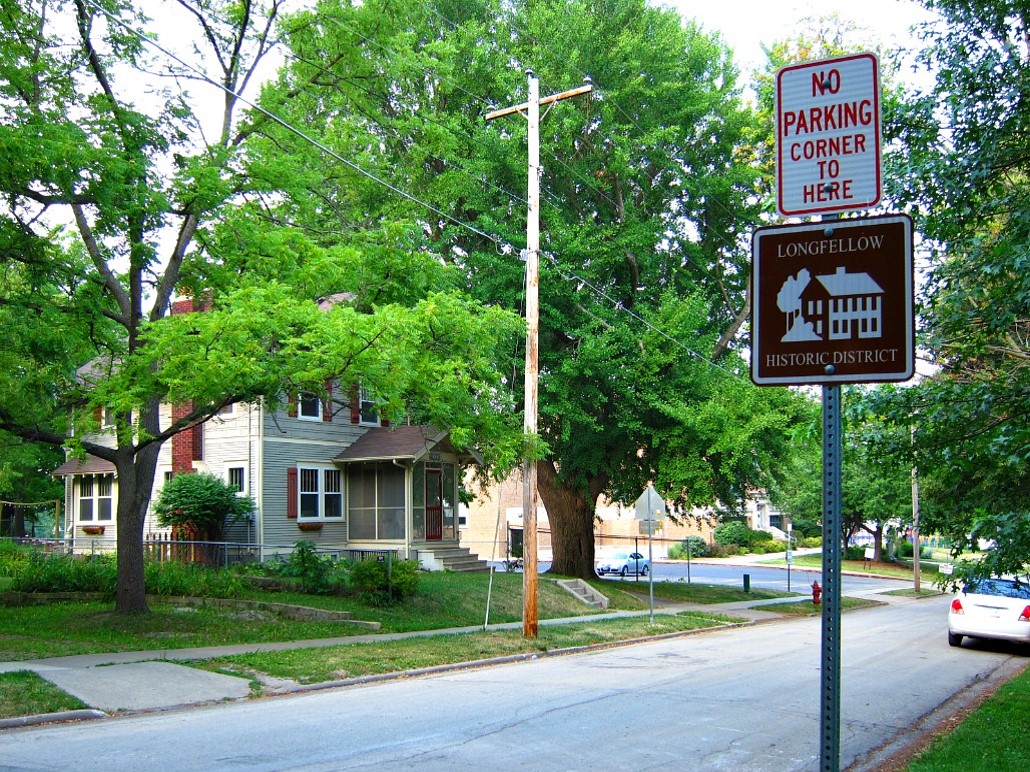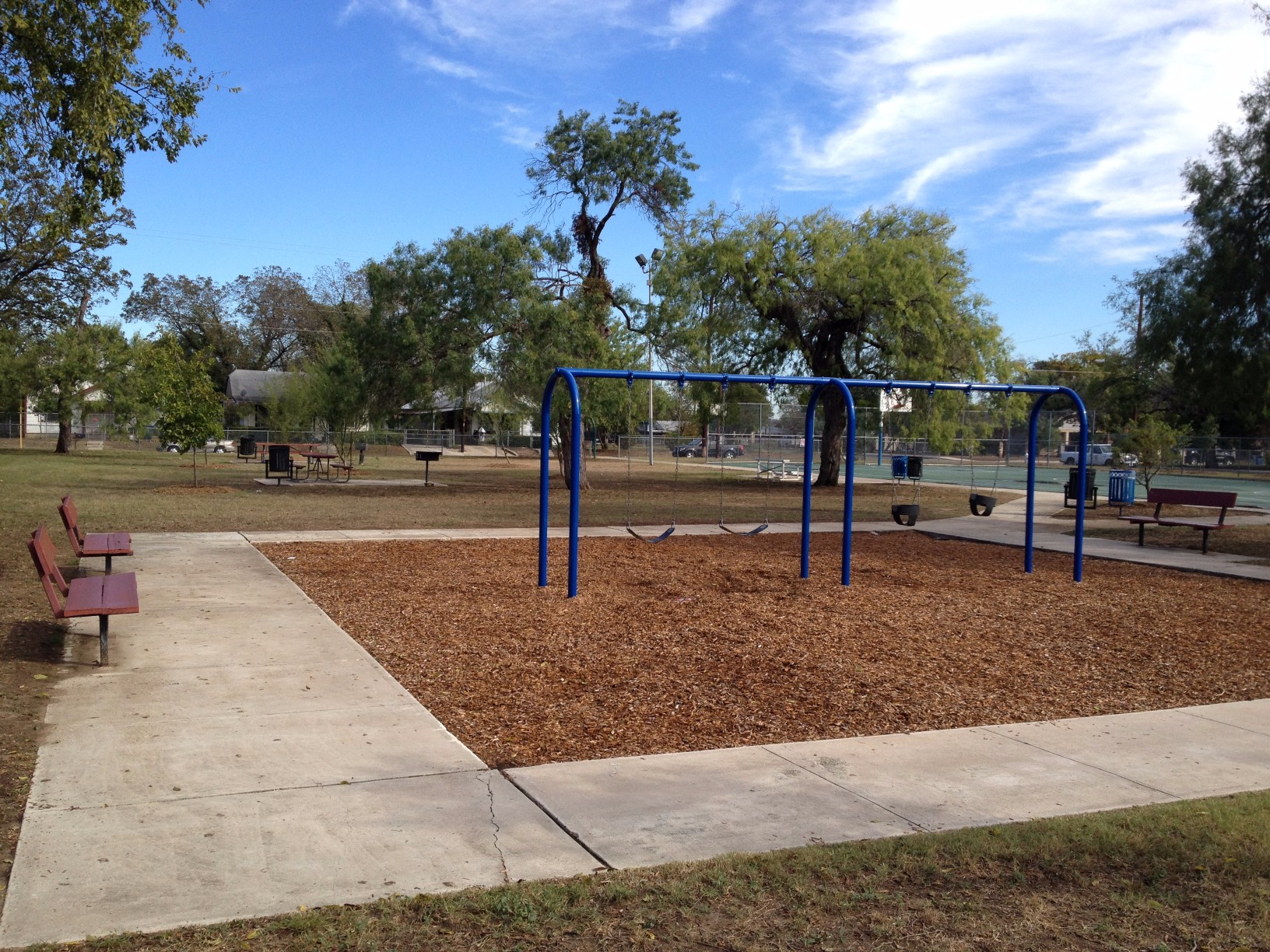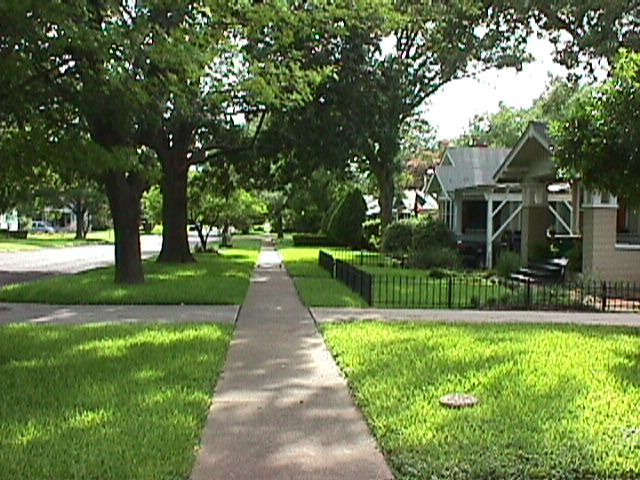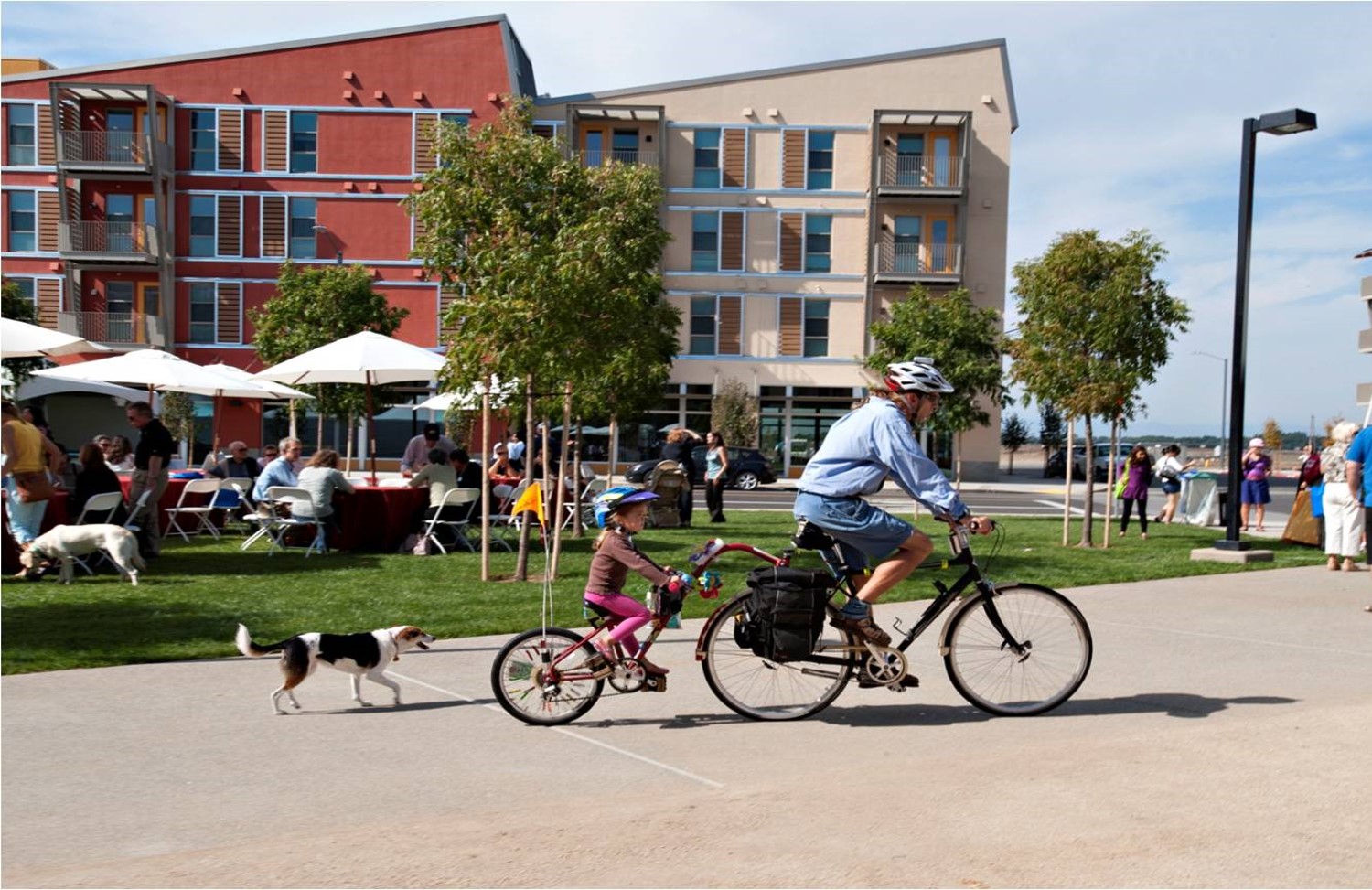Water Resources and Equity
Complete Neighborhoods
Water Resources and Equity
The first Building Block is perhaps the most vital as it will continue to be home to the majority of San Antonio’s residents. Our neighborhoods are the backbone of the San Antonio community, an essential element of the city form and a source of pride for most residents. They occupy the areas between regional and urban centers and the corridors that connect them. In some cases, the edges of neighborhoods bleed into regional centers and corridors frequently serve as the boundary between two or more neighborhoods. The approach of focusing many of the new housing units and jobs into regional centers, urban centers and corridors is largely a way to maintain and protect existing neighborhoods and ensure the ability to continue providing neighborhood housing options during the coming decades.
A complete neighborhood provides residents safe and convenient access to the goods and services they need on a daily or regular basis. This includes a range of housing options, grocery stores and other neighborhood-serving commercial services, quality public schools, public open spaces, recreational facilities and access to frequent transit. A complete neighborhood also includes an interconnected network of streets, sidewalks and trails that makes walking and bicycling within and to these places safe and relatively easy for people of all ages and abilities.
PRESERVATION AND ENHANCEMENTS
Throughout the SA Tomorrow community engagement process, residents expressed their concerns that the plan would threaten their existing neighborhood and potentially even their homes. To the contrary, the plan is a blueprint for focusing future growth and development away from existing neighborhoods and into regional centers, urban centers and along major transportation corridors. When coupled with the creation of new neighborhoods in currently undeveloped areas of the city, the result will be less development pressure on existing neighborhoods. The Plan Element focused on housing (Chapter 10) includes a comprehensive set of goals and policies related to housing and neighborhoods, many of which focus on protecting and enhancing existing areas. Enhancements may include, but are not limited to improvements to infrastructure, adding new shops and restaurants nearby, providing better facilities for walking and biking, increasing the tree canopy and adding new parks and trails.
AMENITIES AND SERVICES
Having safe, convenient and walkable access to schools, parks, grocery stores and transit can help our residents save money and stay healthy. Regardless of the mode of travel chosen, shorter distances between home and the places we need to go on a daily and weekly basis can help decrease overall costs for individuals and households. Lower transportation costs help reduce overall household expenditures and increase housing affordability. And incorporating daily exercise is a lot easier with a safe network of sidewalks outside your door. Complete neighborhoods may not contain all of the amenities and services someone would want on a daily basis, but they should provide access to many of these amenities and services and have at least one or two destinations that are easy for someone to access by walking or biking. Amenities and services associated with a more complete neighborhood can be organized into three major categories: transportation and related infrastructure; civic amenities; and commercial destinations.
Water Resources and Equity
Transportation and Related Infrastructure:
Improvements to infrastructure in and between neighborhoods helps to close gaps in the transportation network, improve safety and enhance comfort. Potential infrastructure improvements can include, but are not limited to:
- Sidewalks, crosswalks and curb ramps;
- Furnishings and lighting;
- Bike lanes, cycle tracks, and multi-use pathways;
- Pedestrian and bicycle bridges and underpasses;
- Enhanced transit stops and stations;
- Landscaping and community gardens;
- New or improved roadways and overall streetscapes;
- Signalization, signage and other intersection control/communication; and
- Gateway treatments, signage and wayfinding.
Civic Amenities:
The integration of civic amenities in the larger neighborhood context can help to anchor residential and mixed-use areas, as well as provide social, recreational and cultural opportunities for residents close to home. Potential civic amenities can include, but are not limited to:
- Parks, open spaces and sport courts and fields;
- Community, recreation, youth and senior centers;
- Pools and water play areas; and
- Libraries.
Commercial Destinations:
Many people equate a complete neighborhood with having shops and restaurants nearby that they can easily access. Commercial destinations that are local to one or more neighborhoods help to reduce the distance of many trips across the community, including the daily commute for people who are able to work close to home. Commercial destinations can include, but are not limited to:
- Grocery stores and markets;
- Farmers markets;
- Restaurants and bars;
- A variety of retail shops;
- Professional services; and
- onvenience services.
NEIGHBORHOOD CONNECTIVITY
A neighborhood can be made more complete with improved connectivity to amenities and services nearby with safe and comfortable linkages. In many cases, amenities may be nearby, but are not accessible for one or more transportation modes. In addition, making active transportation and transit more viable options for a greater portion of the community requires larger network connectivity between neighborhoods and from neighborhoods to nearby centers. For these reasons it is critical that our community focus resources on improving neighborhood connectivity through a variety of infrastructure enhancements.
Existing and planned neighborhoods can be designed in a variety of ways resulting in varying levels of connectivity and accessibility. More traditional suburban development patterns include large arterials feeding into relatively disconnected subdivisions with a large number of cul-de-sacs. While this traditional development pattern does have impacts on traffic for motor vehicles, it does not necessarily preclude good pedestrian and bicycle connectivity. In fact, pathway and trail connections combined with on-street and sidewalk facilities can make these more traditional developments quite supportive of pedestrians and bicyclists accessing transit or other nearby amenities. The use of drainage ways and utility corridors can provide pathway opportunities that link disconnected portions of a neighborhood.
Similarly, more compact development can be difficult to traverse as a pedestrian or bicyclist if infrastructure is missing or inadequate. Major arterials often separate neighborhoods from commercial destinations, civic amenities and other neighborhoods. Well connected and maintained sidewalks, bike facilities and crossings are critical elements to making a neighborhood more complete.
HOUSING CHOICE AND DIVERSITY
Another key aspect of a complete neighborhood is ensuring housing choice and diversity within and across neighborhoods. The majority of housing in San Antonio is currently detached single-family homes. A complete neighborhood should have a range of housing types and sizes (single-family detached, single-family attached and multifamily housing) for rent and for sale. Additional variety should be provided with a range of home sizes in the form of overall square footage and number of bedrooms.




